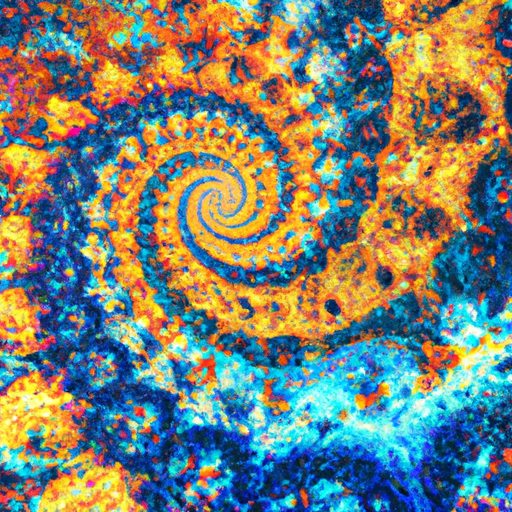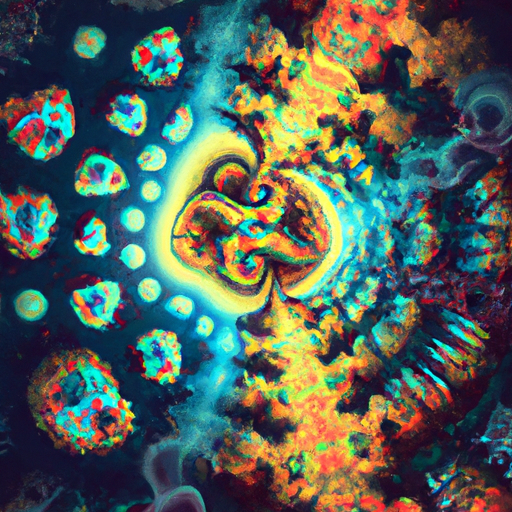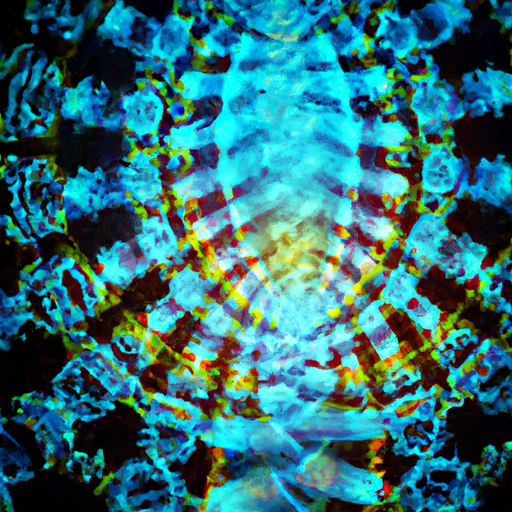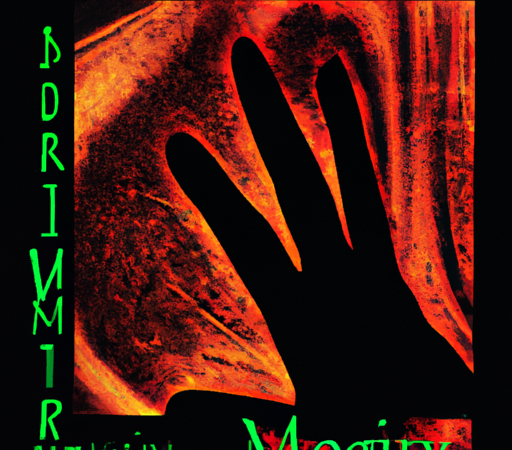The Discovery of DNA Double Helix: Unraveling the Key to Life

The Discovery of DNA Double Helix: Unraveling the Key to Life
The discovery of the DNA double helix structure is undoubtedly one of the most significant scientific breakthroughs of the 20th century. This groundbreaking revelation has revolutionized our understanding of genetics and unlocked the key to life itself. Let us delve into the story of this pivotal discovery and acknowledge the scientists behind it.

In the early 1950s, the field of genetics was a far cry from what it is today. Researchers knew that genes carried the hereditary information responsible for an organism's traits, but the structure and nature of these genes remained an enigma. This all changed in 1953 when James Watson and Francis Crick, along with their colleague Maurice Wilkins, made the monumental discovery of DNA's double helical structure.
The journey leading up to this discovery was not without its complications. The foundational work of other scientists, including Rosalind Franklin and Linus Pauling, laid the groundwork for understanding the structure of DNA. Franklin, a crystallographer, used X-ray diffraction to capture an image of DNA fibers. Her famous Photo 51 is hailed as a crucial photograph that illuminated the helical structure of DNA. While Franklin did not directly contribute to the double helix model, her research played a vital role in guiding Watson and Crick.
Watson and Crick, utilizing Franklin's work, successfully pieced together the puzzle of DNA's structure. They published their groundbreaking findings in a paper titled "Molecular Structure of Nucleic Acids: A Structure for Deoxyribose Nucleic Acid" in the journal Nature on April 25, 1953. The paper presented DNA as a double helix, with two intertwined strands composed of nucleotide bases wrapping around each other, held together by hydrogen bonds. This model provided a mechanism for how genetic information is stored and transmitted.

The discovery of the DNA double helix immediately captured the attention of the scientific community and the world at large. It was a watershed moment that laid the foundation for modern genetics, opening the door to countless advancements in medicine, agriculture, forensics, and so much more.
Watson, Crick, and Wilkins were awarded the Nobel Prize in Physiology or Medicine in 1962 for their remarkable discovery. Sadly, Rosalind Franklin's critical contributions went unrecognized during her lifetime as she had passed away in 1958 due to ovarian cancer. Nevertheless, her immense contribution to the field of genetics and the discovery of the DNA double helix continues to be honored and acknowledged today.
The discovery of DNA's double helix structure revolutionized biology and genetics like never before. It provided a tangible understanding of how an incredible amount of information is stored within the nucleus of every living organism's cells. This understanding has paved the way for breakthroughs such as the Human Genome Project, gene therapy, and advancements in personalized medicine.
In conclusion, the discovery of the DNA double helix stands as one of the most consequential scientific milestones in history. Watson, Crick, Wilkins, and Franklin (though not credited at the time) unraveled the key that forever changed our understanding of life. Their work has propelled us into an era of extraordinary scientific advancements, cementing their place in the annals of scientific history.






